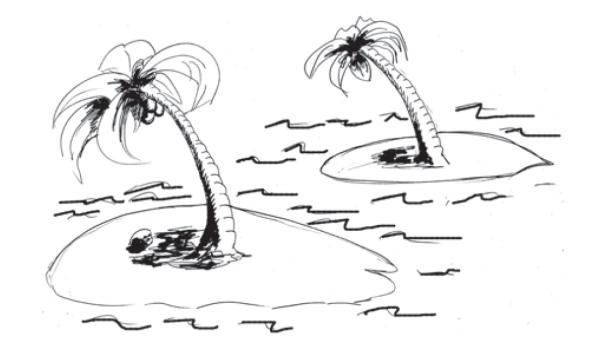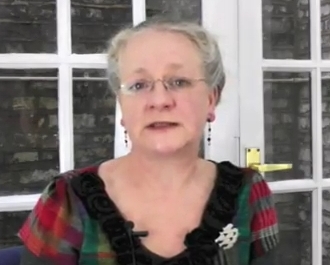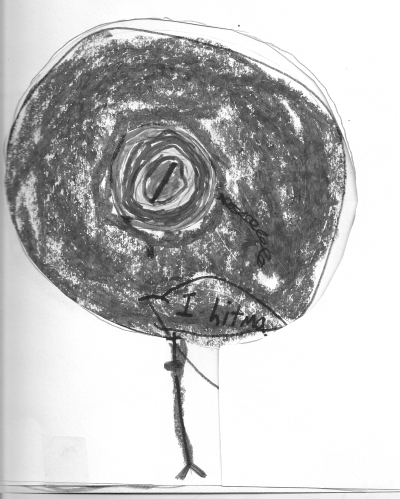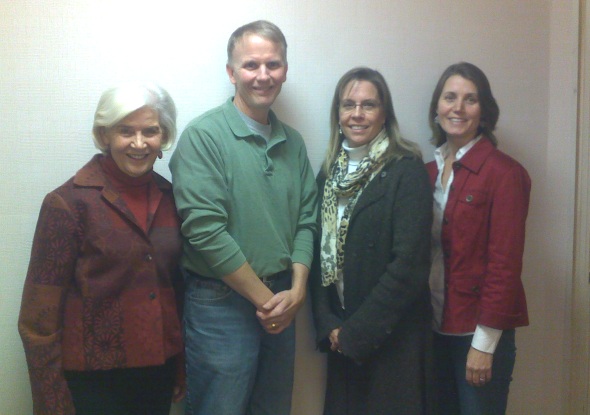Free to Download! Creative Drama activities to help children with emotional and behavioural problems
Here, drama therapist Penny McFarlane shares two fun useful activities from her latest book, Creative Drama for Emotional Support, that will enable parents, carers, teachers, youth workers and others to help…









